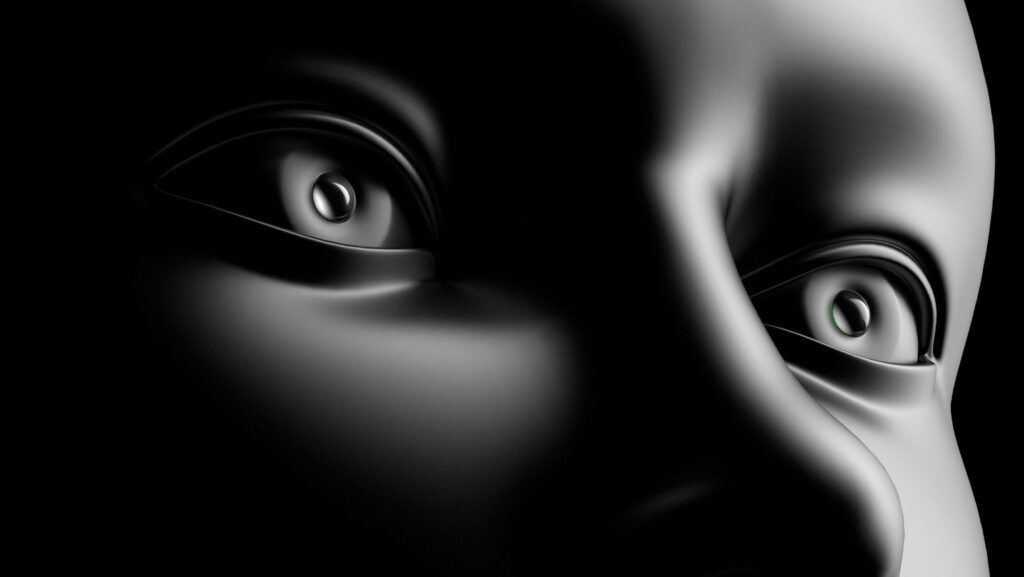As an artist, I’ve always been fascinated by the power of technology and its potential to revolutionize creative expression. Lately, I’ve been intrigued by the rise of AI art character generators. These innovative tools are reshaping the landscape of digital art, proving that AI isn’t just about data and algorithms—it’s a game-changer for creativity too.
Ai Art Character Generator
 Powered by intricately designed algorithms and Machine Learning (ML) techniques, AI Character Generators trace their foundation to GANs, as we discovered previously. These Generators and Discriminators, the core components of GANs, are quintessential elements in creating AI-generated characters. They interact, and through their dynamic relationship, birth unique and complex characters from initial scraps of data, or “random noise.” Think of them as the new-age pencil and paper for character sketching.
Powered by intricately designed algorithms and Machine Learning (ML) techniques, AI Character Generators trace their foundation to GANs, as we discovered previously. These Generators and Discriminators, the core components of GANs, are quintessential elements in creating AI-generated characters. They interact, and through their dynamic relationship, birth unique and complex characters from initial scraps of data, or “random noise.” Think of them as the new-age pencil and paper for character sketching.
Recognizing the parameters affecting character generation is pivotal. Factors such as shape, form, color, and artistic style, amongst others, play major roles. When these parameters are inputted, the AI processes them, resulting in a variety of novel character outputs. An artist might input a sketched form of a character, and the AI provides varied interpretations of that character.
Understanding AI Art Generators
Grasping the concept of AI art generators, it’s vital to comprehend how these innovative milieus interlace technology with creativity. Initially, consider an AI art generator as a sophisticated tool, fosters art through algorithms and neural networks. These programs, driven by a form of AI commonly referred to as Generative Adversarial Networks (GANs), learn from myriad art styles and patterns to concoct original creations.
Diving deeper, it’s essential to recognize these GANs. Composed of two parts, a Generator and a Discriminator, they work in tandem to produce a piece of unique art. The Generator starts with random noise and evolves it into an image, that the Discriminator evaluates against the learned art database.
Implementing AI art character generators might seem daunting, but actually, it’s a straightforward process. Upload an initial artwork or a series of artwork to the software, selecting specific influences or direct the AI’s creative choices. Once the AI has enough input, it begins the process of creating art, generating countless variations and experimental designs. You can then select art pieces that align with your creative vision.
Popular AI Art Character Generators on the Market
 The sphere of AI art generators, rich with innovation, brims with a diverse range of software designed for creating unique characters. Driven by both AI and Machine Learning, these software families relish in serving artists with different expertise levels. Aspects like style, form, and color, all become factors that the AI evaluates when generating characters.
The sphere of AI art generators, rich with innovation, brims with a diverse range of software designed for creating unique characters. Driven by both AI and Machine Learning, these software families relish in serving artists with different expertise levels. Aspects like style, form, and color, all become factors that the AI evaluates when generating characters.
Artbreeder – A forerunner in AI character creation, Artbreeder grants artists the ability to either create new characters from scratch or modify existing designs, all powered by GANs, the same technology that crafted AI portraits selling for thousands.
Runway ML – Also utilizes GANs but puts emphasis on ease-of-use. Runway ML ensures artists can start creating without being tech savvy.
GANPaint Studio – Introduced by MIT, GANPaint Studio takes a unique stance within the sector by orienting around the notion of ‘painting with attributes.’
Real-World Applications
It’s clear that AI Art Character Generators like Artbreeder, Runway ML, and GANPaint Studio are reshaping the art world. They’re not just tools, they’re creative partners, offering a new level of diversity and accessibility in character design. Whether you’re a seasoned artist or a beginner, these platforms can help you push the boundaries of your creativity. They’re breaking down the barriers to professional training and software access, democratizing the art creation process. With the power of AI and ML, we’re witnessing a revolution in art-making, one where the machine is an ally, not a threat. So, why not embrace this tech-driven future? After all, it’s not about replacing artists, but empowering them. With these AI-powered tools, the future of art is here, and it’s more exciting than ever. I can’t wait to see what we’ll create next.

